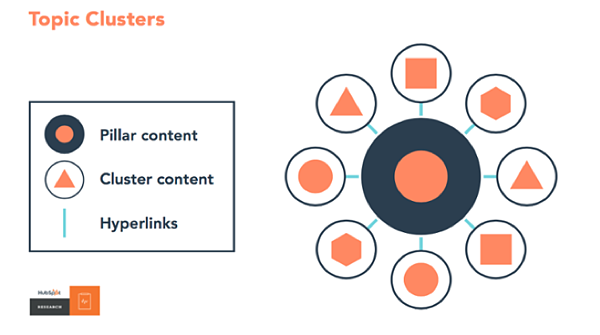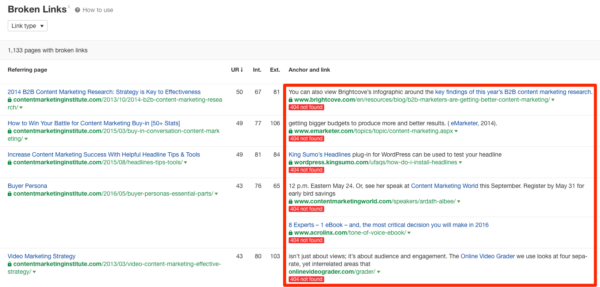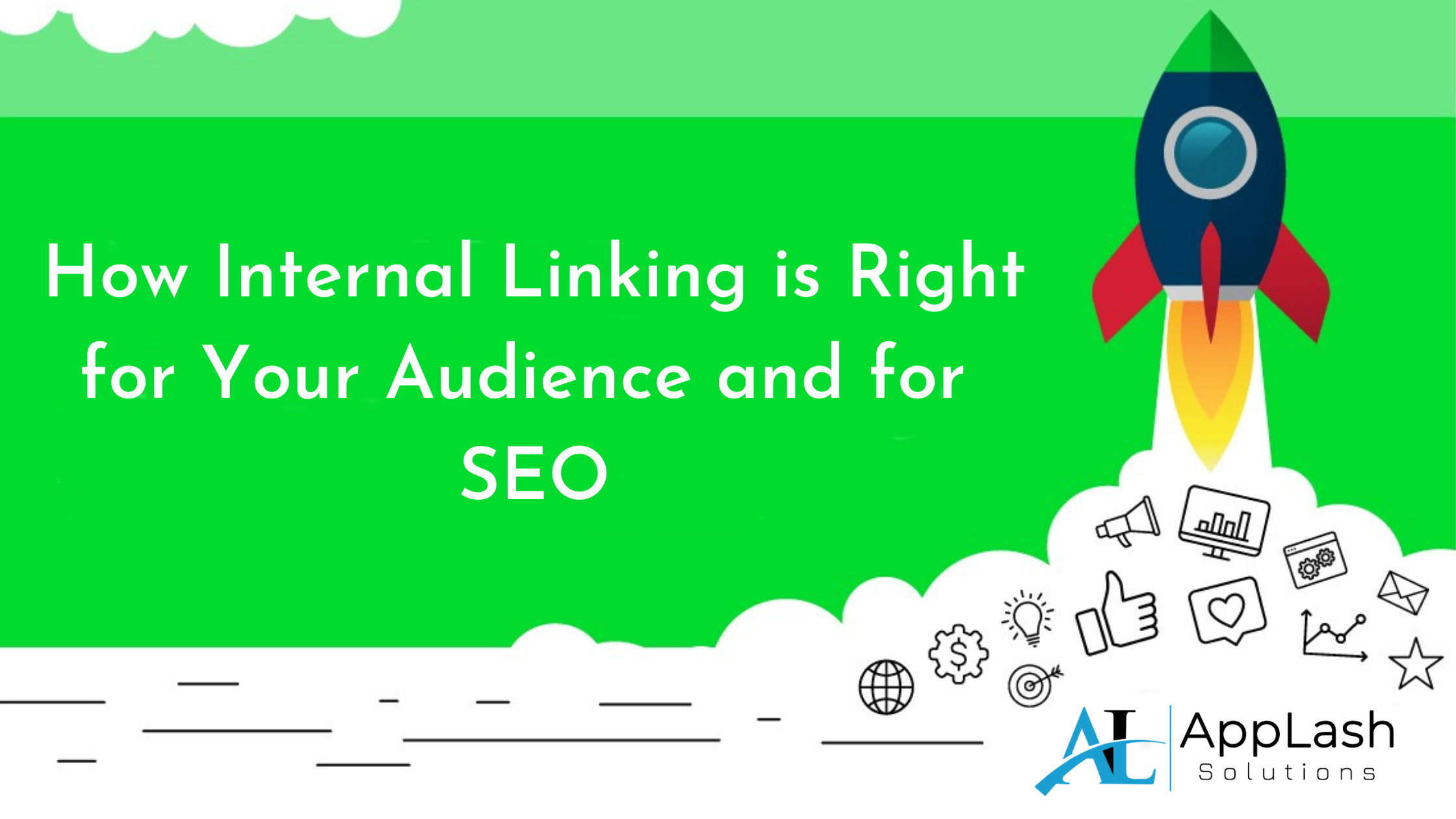The way a catalyst enables to speed up a process likewise; internal linking promotes and distributes your content. However, many content creators as well as editors consider promotion as a different part that does not relate to their routine work. But, content creators are the prime factors of promotion. To put in simpler words, if given a thought about the process of internal linking, content can be seen ranking at a faster speed than it would without internal linking.
Before we dig into the process of internal linking and how to do it rightly for your audience as well as for SEO, let us have a look at some major terms –
- Internal Link: It refers to a link that connects one page to another on a website. Internal links can also be termed as a map of a website that helps visitors as well as search engine spiders to direct various similar pages.
- External Link: It refers to a link which connects a second page on a different website with a page on your website.For instance, ‘hello.com’ and ‘goodbye.com’ are known to be external links for ‘thisisme.com’.
- Backlink: It refers to a link which is directed to your website but, from some other domain. Submitting on guest posts, getting featured on podcasts, etc. are some of the ways to generate backlinks.
- Click Depth: It refers to the number of clicks it requires to go to a page within your website from its home page.Click depth is a way to tell the search engine that the page is of importance and must be ranked accordingly.
- Link Equity: It was once known as ‘link juice’, is a ranking factor of search engine that is developed on an idea of specific links providing high values and authority and passing them onto one page to another.
- Anchor Text: It is also termed as ‘visible words’ which are linked to the internal pages.
Various Types of Internal Links
‘PageRank’ is a Google’s algorithm that allows the search engine to count the numeric value of one page, that is affected by the quality as well as quantity of the links directed to it. Remember, as much high your Page Rank will be, the chances for it to do well in the organic search will increase. To understand how the Page Rank works, read about two types of internal links –
- Internal Outgoing Link: It refers to a link from the already visited page to another page on the same domain.
- Internal Incoming Link:It refers to a link from another page on the same domain to the viewed page.
Page Rank automatically works well when it connects similar pages with internal links – outgoing as well as incoming.
Content Links and Module Links
Content links, also termed as contextual links are usually seen in the body of a page. As these are managed on the basis of page-by-page, they are highly context-sensitive and non-scalable. On the other hand, module links are seen all across the site in different sections like headers, footers, and so on. Module links are scalable as they keep on repeating under the same domain.

Outgoing Links to Authoritative Pages
When it comes to internal links, ‘restraint’ and ‘relevance’ are the two terms seen a lot around.According to Google’s Webmaster guidelines, you should only link few thousand pages at a time. Websites which are content-oriented do not follow the internal linking process unless it is a hub page.However, to be on safe side, it is always preferred to link only those two quality pages that add context to the content being viewed.
Hub Pages
The working method of topic cluster model is by linking the pages internally on the site that covers relevant topics.The hub is known to be the main pillar page for that content topic that covers all the information which a user would want to know. Apart of the hub come clusters for example an article that covers small aspects of a topic but, in detail.

The topic cluster model is known to be a great strategy for SEO as it gives number of opportunities for linking important and high-ranking pages to new content. This will not only allow the readers to find out recently published content on your website but, it will also fasten the speed of indexing process.
Content Updates and Internal Linking
Over a time, internal linking will need some adjustments. You will need to focus on the content which is not performing well on the basis of –
- Organic traffic
- Search rankings or combination of both.
If you will build a new internal link for the existing and newly published content, then practically you are backing up the performance to where it was or even better.
UX and Internal Links
As there are no effective ways for the how many number of internal links should be on one page, you need not to worryabout any limits. For better understanding, think like a reader or visitor of the website that –
- Are the links affecting the readability?
- Is it giving youa natural experience of reading?
- Does too many links are being responsible for distraction while you are reading?
The main goal is to better the user experience while internal links are helping in the SEO. Search engines are helpful in making the user experience excellent.

User Experience and Broken Links
When you link to pages that are broken and are of low-quality, you are practically bringing in hurdles for readers. In simple words, too many links on a page which is otherwise not working properly will affect the reading of the readers which will eventually leave a negative impact. To avoid being in such situation, always cross-check your destination links before adding them to the actual page.
All the aforesaid suggestions briefs up to this – link naturally. Cross check your links, repair broken pages and links, ditch the old practices and opt new but above all, ensure a positive and better user experience for anyone showing up on your website.


